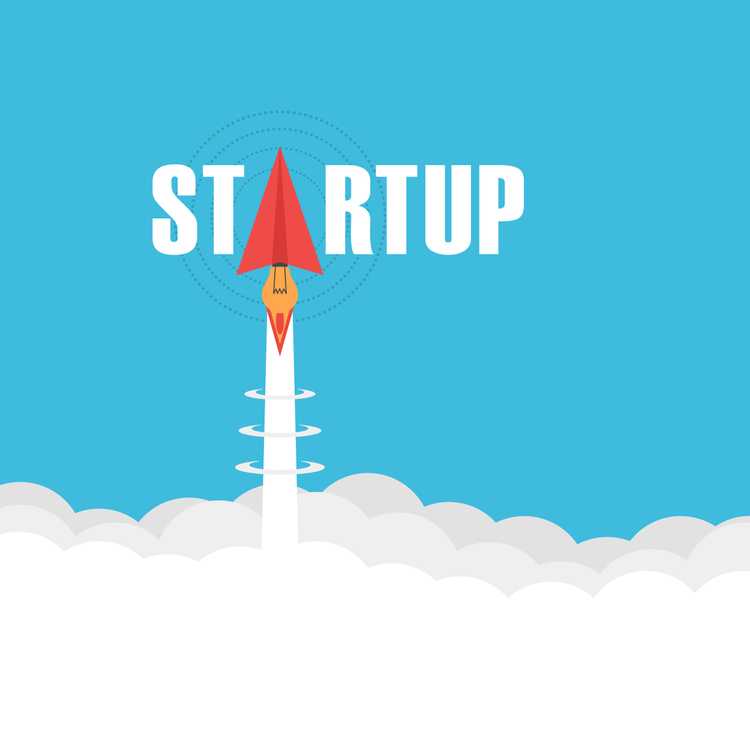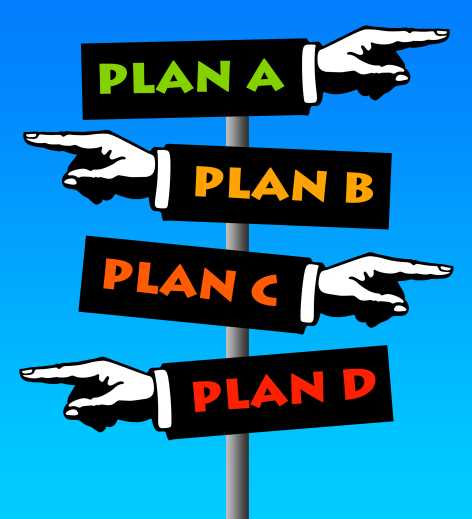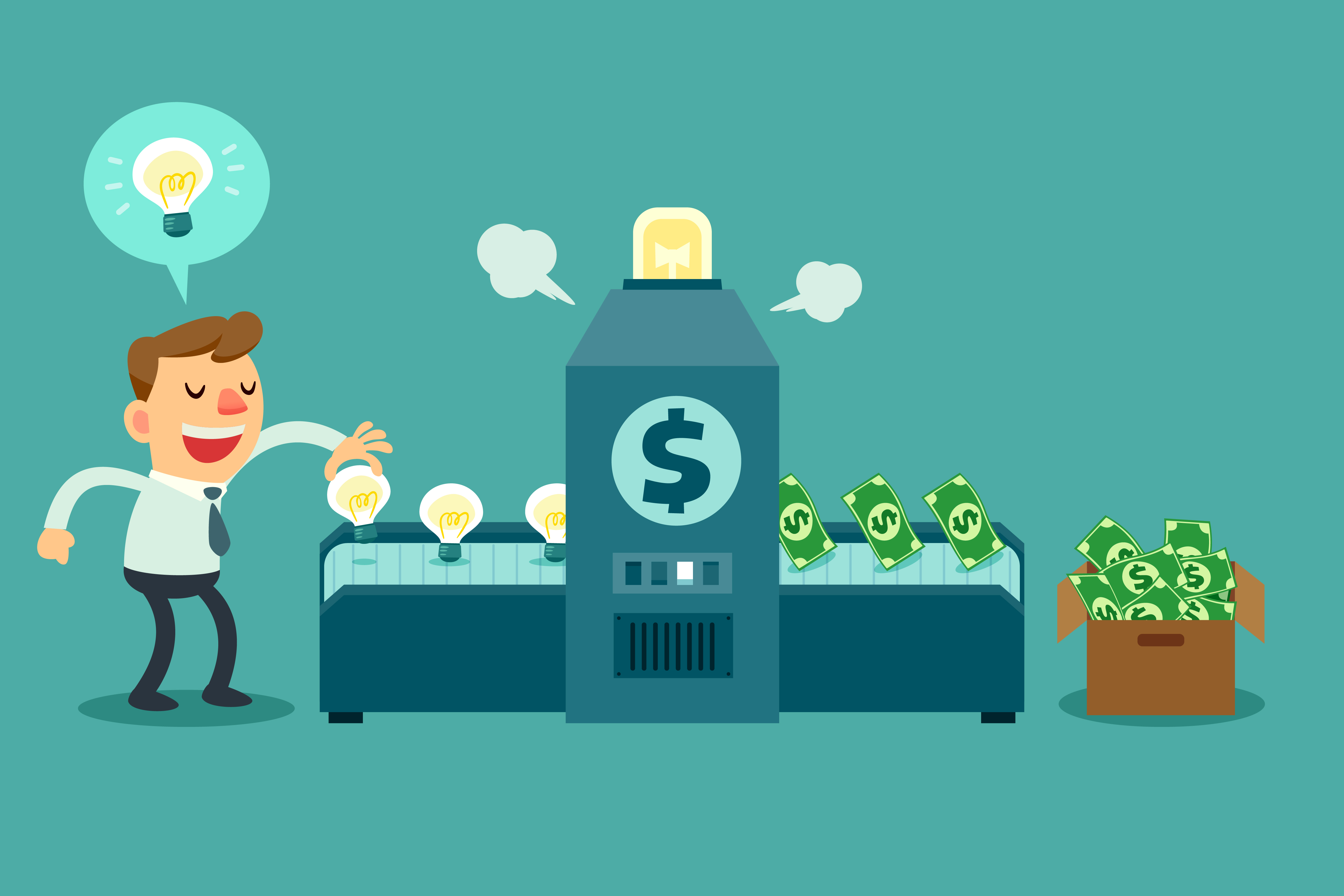When I was at Boost VC, each meeting room had a brainy quote on the wall. One of the rooms had the following quote: "Startups are like paper planes, they look better than they fly!" To be honest, I never even liked the look of paper planes, but they are certainly a good metaphor for startups. Even if you build one that looks like it can fly, it will most likely end up in failure. So one should always prepare for failure!
Always Have a Contingency Plan
During our amazing run with BitLendingClub we had achieved some fantastic results. We went from the underdog to being the largest P2P Bitcoin lending platform in just two years. Even so, we faced the harsh reality: our revenues weren't enough to cover our burn rate. We were making half of what was necessary to cover our operating costs. That's why we had raised nearly $1 million in Seed funding, but the money was going to run out (as it eventually did). We had to find a way to generate revenue or raise more capital! Our competitors, BTCJam, had raised $10 million in Series A funding, and my assumption was that we could do the same since we had beat them on the market. We had achieved a bigger success with less funding and less time, so investors should consider us to be a better startup. It was a foolproof idea, what could go wrong?!
Our strategy was simple: we knew that P2P Bitcoin lending wouldn't get us to be profitable anytime soon, so we had to pivot and pitch the new idea. Thus came the new effort with Loanbase. As I've outlined in the previous blog posts: we made plenty of mistakes! The idea behind Loanbase was great: we had already built a software lending platform which in the hands of bigger lenders would provide massive reductions in costs, improvement in closing time, customer satisfaction, and ultimately: increased profits!
But then comes the unanswered question: "what if we fail?" More experienced startup founders know that there is a need to be prepared for as many "what if's" as possible. We didn't! We took the path of building the Loanbase platform and we worked on raising Series-A funding, but we didn't plan what we'll do if either of those fails. Eventually, both failed and we were left with no fallback option.
Rely On The Fundamentals
Obviously, you can spend a lot of time trying to figure out how you can fail at every step of your startup and how you can mitigate the risk, but that can be extremely time consuming and you can miss the big picture. There are some basic things that you can focus on, which can cover most of your bases. The fundamentals are your strongest foundation!
Run Controlled Experiments
Your business is an experiment in itself. You have a hypothesis and you're trying to validate it on the market. You should plan ahead to make sure that you give yourself the opportunity to run the maximum number of experiments until you find out what works. Each experiment should be controlled, measured, and its failure shouldn't lead to the failure of the company. So the more such experiments you can run, the more you can explore the space of possible solutions for the problem you're trying to solve. Without this, you're relying on luck. You might as well play the lottery at that stage!
Generate Revenue
As I said in the previous post, revenue is your biggest lifeline and your biggest backup option! If you have a solid stream of revenue, you can sustain your business for a longer period during your experimentation phase. Your early experiments should be focused on finding the fastest path to revenue.
Raise Capital
If you fail to generate revenue, your next backup option is to raise capital. At the various stages of your startup investors have a varying amount of tolerance for businesses without revenue. In the pre-seed stage, you are unlikely to have any revenue so investors are going to rely on, well… the fundamentals. They'll look at your team, your history, your idea, the opportunity, and what you've executed so far. Unless you already have a successful exit, when you're at the seed stage it will be great to show some revenue. And if you don't have revenue, you better make sure you show some amazing traction from the pre-seed stage (a hockey stick chart going up and to the right). When you reach the Series-A stage, it's generally expected that you'll have between $1 million and $2 million of recurring revenue.
Have an Exit Strategy
If you've reached this stage of the article, then you're looking at the end of your startup. You've either failed to run enough experiments, you've failed to generate enough revenue, and you've failed to secure enough capital. What do you do next? Well, throughout the entire time you're running your startup, you should always keep an eye out for who can buy your company.
You would have developed relationships with other founders in your space, hopefully, ones that are more successful than you are. These founders are running startups and one of their biggest problems is the growth of their teams. Recruiting is always their top priority and if they can take a shortcut by acquiring a smaller startup, they will! Remember, even the exit strategy will take several months to materialize. So always have a few startups who have made you an acquisition offer already which you politely turned down at the time. As long as they are growing, the door will remain open.





